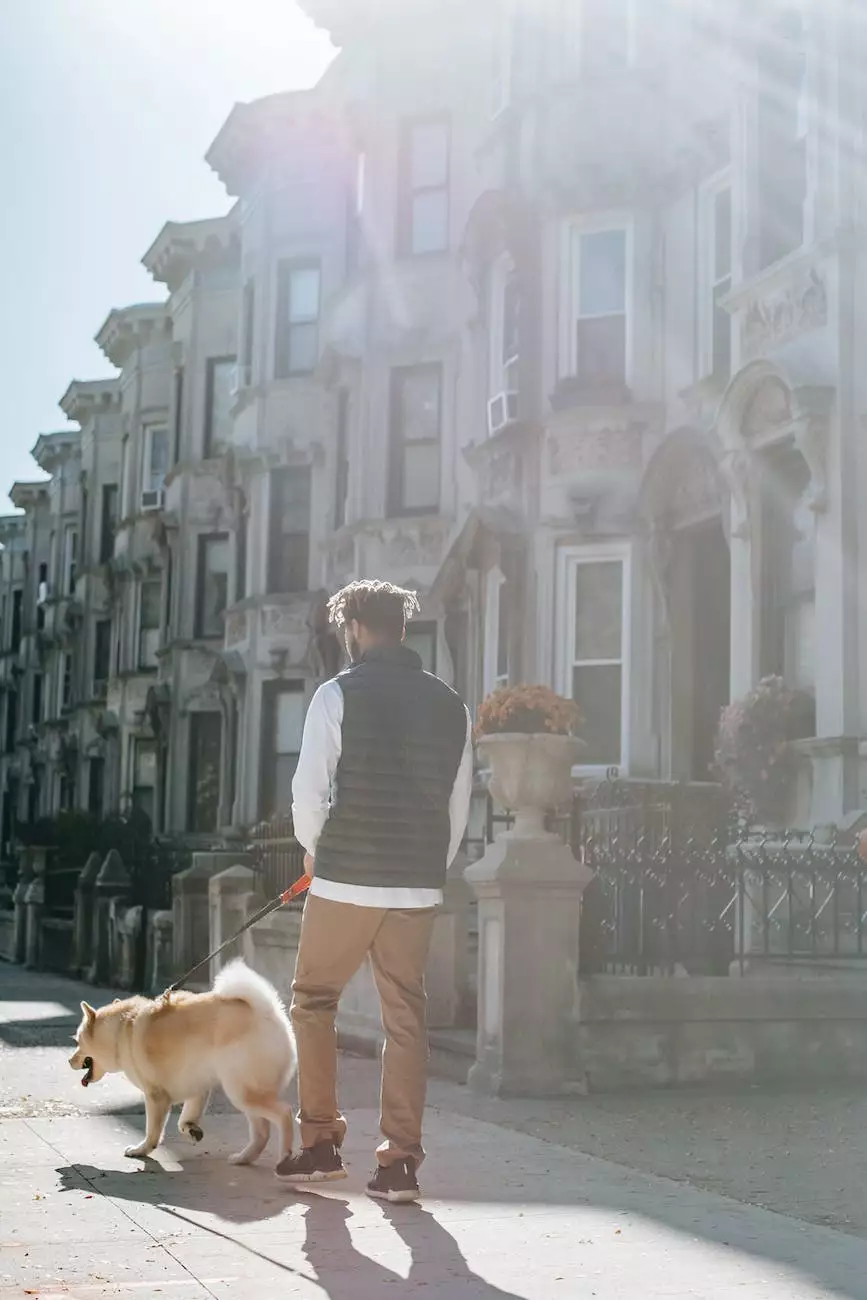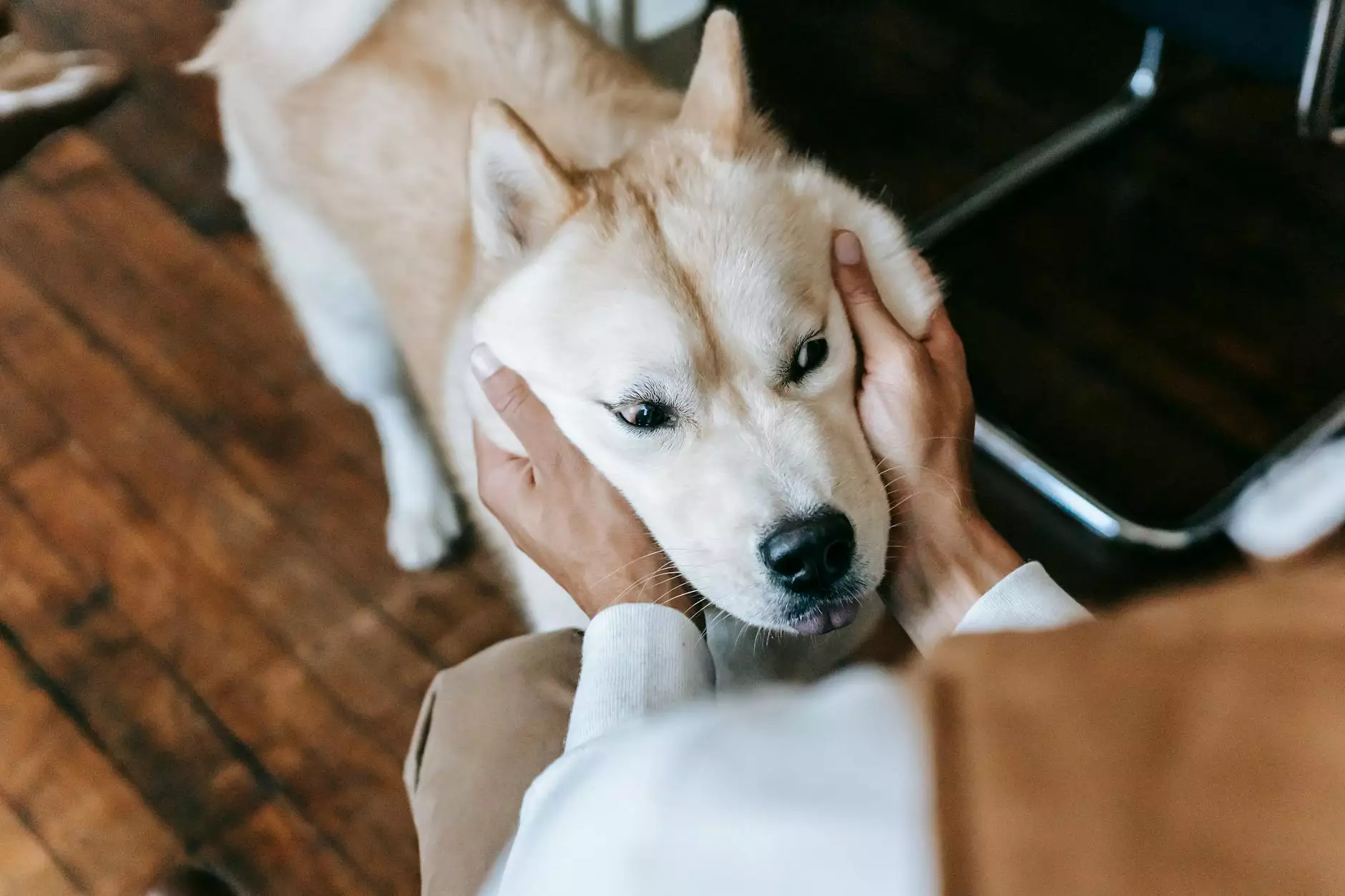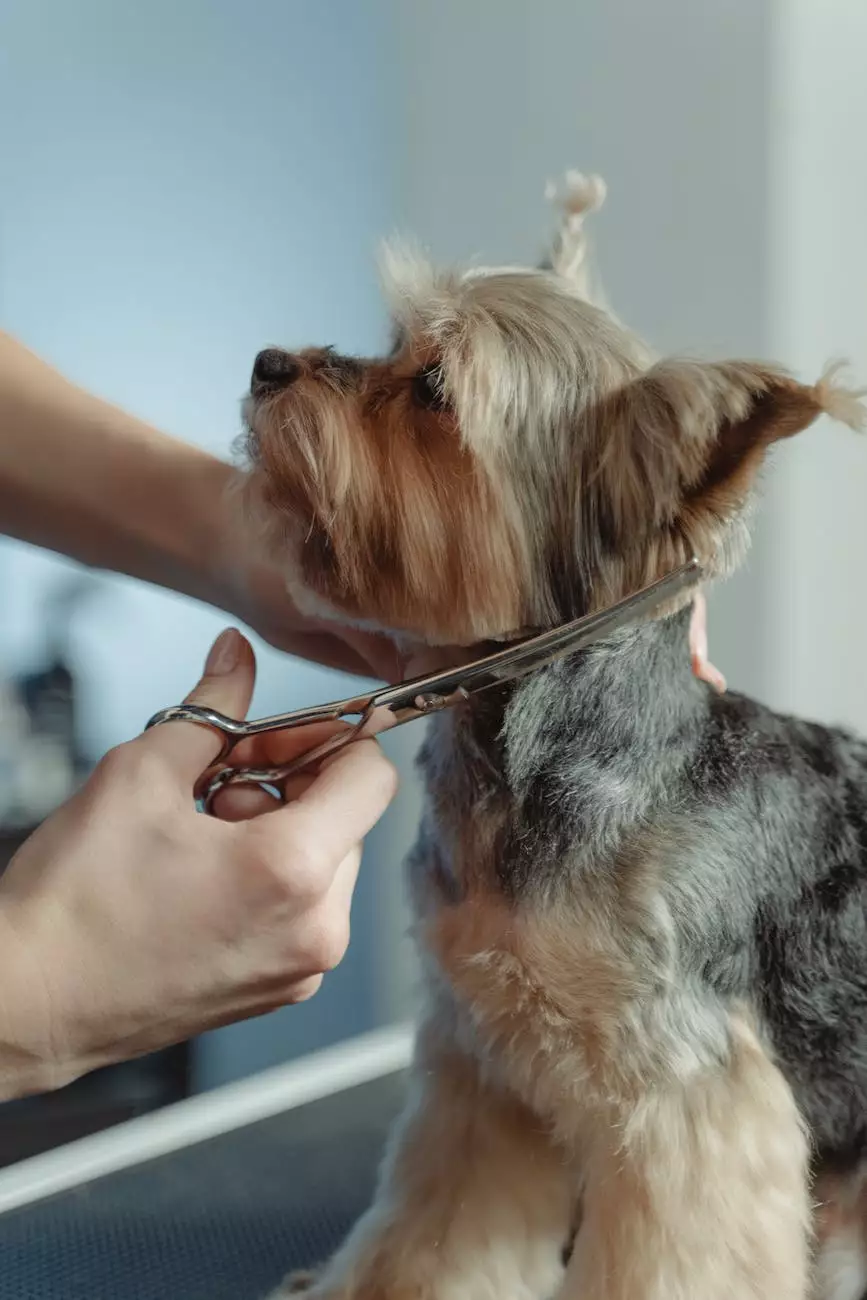Intro to Loose Leash Walking
Dog Training
Welcome to Rosey Dog Care, your trusted partner in pet care services in San Diego. In this comprehensive guide, we will explore the art of loose leash walking for your beloved furry friend. By implementing the techniques and tips provided here, you can enjoy stress-free walks with your dog, promoting both their exercise and overall well-being.
What is Loose Leash Walking?
Loose leash walking is a training technique that teaches your dog to walk calmly and comfortably beside you on a leash without pulling, tugging, or lunging. This skill is essential for enjoyable walks, ensuring both you and your dog have a positive experience while exploring the world together.
Benefits of Loose Leash Walking
Implementing loose leash walking techniques offers numerous benefits for both you and your canine companion:
- Exercise: Regular walks provide exercise for your dog, promoting good physical and mental health.
- Bonding: Walking together strengthens the bond between you and your dog, fostering trust and communication.
- Safety: A dog who walks on a loose leash is less likely to dart into traffic, reducing the risk of accidents.
- Enjoyment: Walking without constant pulling allows you and your dog to relax and enjoy the surroundings.
Effective Techniques for Loose Leash Walking
1. Start with Basic Training
Before diving into loose leash walking, ensure your dog has a strong foundation in basic obedience commands, such as "sit," "stay," and "come." These commands lay the groundwork for successful leash training.
2. Use Positive Reinforcement
Positive reinforcement is key to effective loose leash walking. Reward your dog with treats, praise, and affection when they walk calmly beside you. This helps them associate good behavior with rewards, encouraging them to continue walking politely on a loose leash.
3. Leash Management
Proper leash management plays a significant role in achieving loose leash walking success. Use a leash that is comfortable for both you and your dog, ensuring it is neither too long nor too short. Avoid retractable leashes, as they encourage pulling and offer less control.
4. Set Realistic Expectations
Remember that loose leash walking takes time and practice. Be patient with your dog as they learn this new skill. Start with short training sessions and gradually increase the distance and duration of walks as your dog becomes more comfortable.
5. Focus on Engagement
Engage your dog's attention during walks by using toys, treats, or verbal cues. By keeping them mentally engaged, you can redirect their focus from distractions and encourage them to walk attentively beside you.
6. Maintain Consistency
Consistency is key to successful loose leash walking. Stick to the same training techniques, cues, and rewards to help your dog understand the desired behavior. Avoid inconsistency, as it can confuse your dog and hinder their progress.
7. Minimize Distractions
When starting out with loose leash walking, choose quiet locations with minimal distractions. Gradually introduce more challenging environments as your dog becomes more skilled at walking on a loose leash.
8. Seek Professional Help
If you're still struggling with loose leash walking, don't hesitate to seek help from a professional dog trainer. They can provide personalized guidance and address any specific challenges you and your dog may be facing.
Conclusion
Loose leash walking is an invaluable skill that allows you and your dog to enjoy stress-free walks together. By implementing the techniques and tips mentioned above, you can strengthen your bond with your furry friend while ensuring their safety and well-being. Remember, consistency, patience, and positive reinforcement are the keys to success. Start your journey towards mastering the art of loose leash walking with Rosey Dog Care today!










